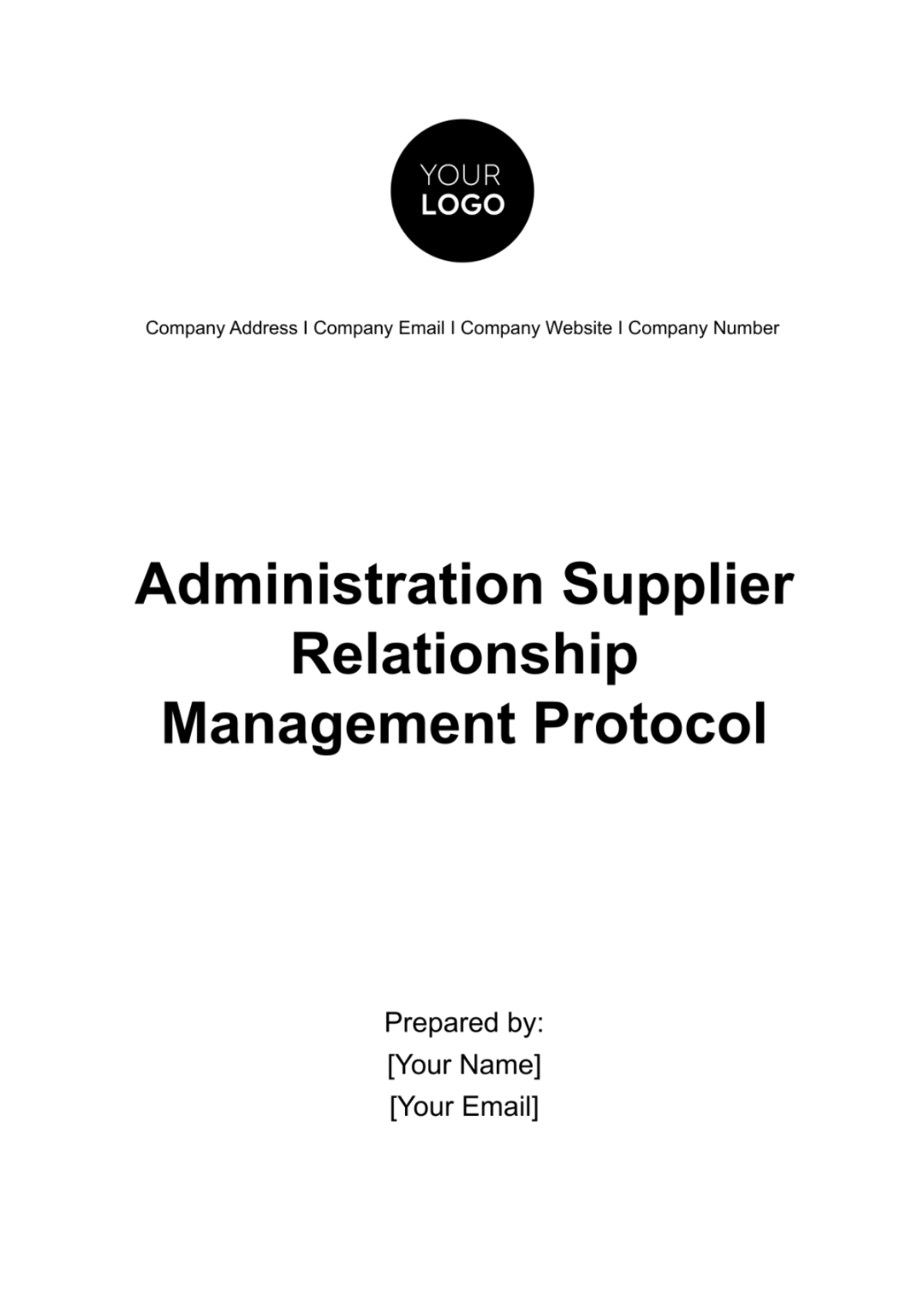Free Administration Supplier Relationship Management Protocol
Foster supplier partnerships with Template.net's Administration Supplier Relationship Management Protocol Template—an essential tool for administrative professionals to optimize supplier relationships. This editable and customizable protocol template, available on Template.net alongside our AI Editor Tool, provides a structured framework to manage supplier interactions, including supplier selection, performance evaluation, contract negotiation, and communication protocols.
